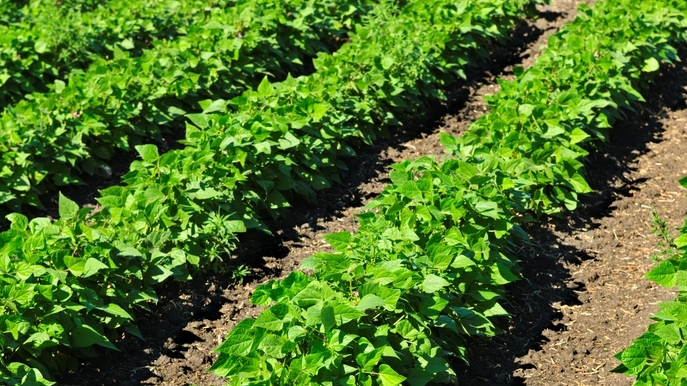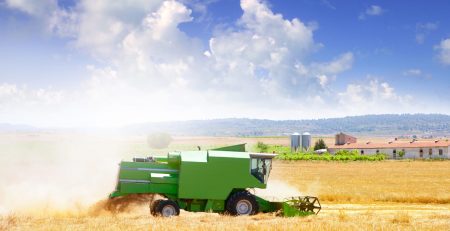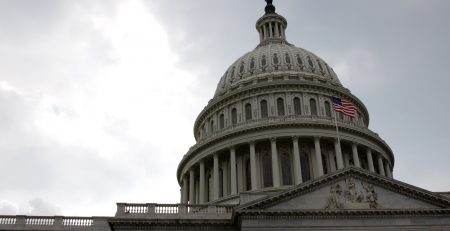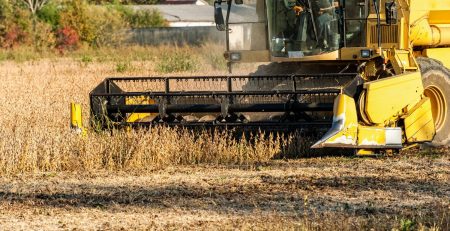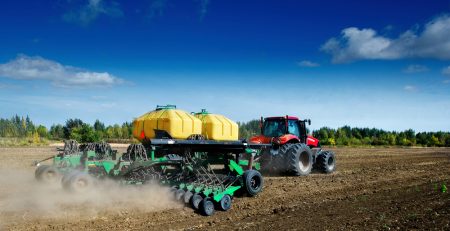Commodities Seek Global Transit Security
The Corn Belt dodged a rain-soaked bullet this summer when hurricanes Harvey and Irma—while inflicting immense local damage—failed to take out key ports where farm goods meet global markets. But the potential for disruption remains tremendous, which is why industry stakeholders continue to search for alternative routes to the world.
The Soy Transportation Coalition recently met in Vancouver so they could explore the options for exporting U.S. soybeans via the Canadian west coast.
“We’re always trying to find ways to make sure we’re not putting all of our eggs in one basket,” explains Mike Steenhoek, the coalition’s executive director, in an interview with “Top Producer Podcast” host Pam Fretwell.
Seeking out alternate pathways to port has become a cost of doing business after 2005, when the devastation of Hurricane Katrina blocked access to major Louisiana corn and soybean export channels. “Because grain elevators and grain handlers and processors are in the Midwest, they couldn’t move product out their back door because that export region was essentially shut down,” Steenhoek recalls. “All of a sudden they dropped the price they were willing to pay farmers. So you saw a widening, more negative basis in these areas of the Midwest.”
Systemic Challenges. For all the challenges hurricanes pose, they’re not keeping Steenhoek up at night. Instead, he’s more worried about the financial harm that ongoing decay of major locks and dams north of
St. Louis and into the lower Mississippi River will eventually bring to producers. It’s not a matter of if but when, Steenhoek says.
“You can see the rust. You can see the crumbling concrete,” he says. “That’s not sustainable.”
More than $5 billion in gross discretionary funding is earmarked for the U.S. Army Corps of Engineers’ Civil Works program under President Donald Trump’s fiscal year 2018 budget. The budget “gives priority to coastal harbors and inland waterways with the most commercial traffic,” suggesting producers could benefit from any upgrades it eventually funds.
“The fiscal 2018 Civil Works budget for the U.S. Army Corps of Engineers reflects the administration’s priorities to support and improve the nation’s economy and infrastructure, and to protect the American people,” says Doug Lamont, senior official performing the duties of the Assistant Secretary of the Army for Civil Works.
Construction projects identified in the budget include $175 million for Olmsted locks and dam in Illinois and Kentucky, and $108 million for work on the lower Mississippi River.
Uncertain Timing. Although Trump understands large capital assets and the construction industry, the political calendar suggests many hurdles before a major transportation package can be pushed through Congress, Steenhoek says.
Another challenge is finding qualified workers to upgrade the nation’s infrastructure, according to the Associated General Contractors of America, a major U.S. construction association representing 26,000 firms. Construction employment is up 3.2% over the past year.
“With such a small pool of unemployed construction workers, it is no wonder 70% of the respondents to the association’s workforce survey said they were having trouble filling a variety of hourly craft positions,” says Ken Simonson, the association’s chief economist.
Amid a variety of economic and political factors, it is important for the ag industry to pursue multiple paths for farm products to reach global end users, Steenhoek says.
This article was first published on https://www.qtwebhostdemo.com.

